Home>Gardening & Outdoor>Landscaping Ideas>When To Plant Bermuda Grass Seeds
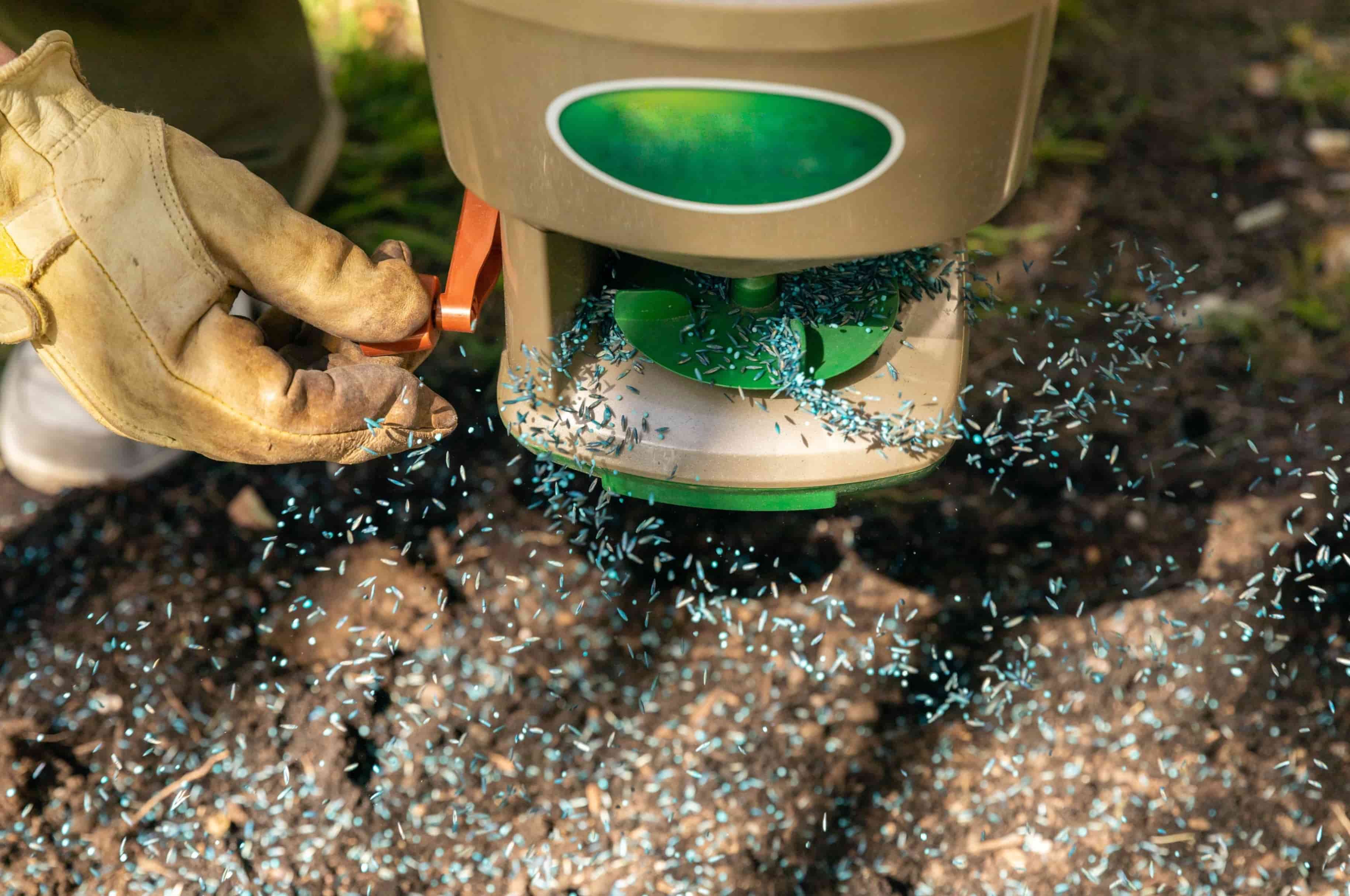

Landscaping Ideas
When To Plant Bermuda Grass Seeds
Modified: March 29, 2024
Discover the best timing for planting Bermuda grass seeds to achieve a lush, vibrant lawn with our expert landscaping ideas and tips. Learn when and how to sow your seeds for optimal results.
(Many of the links in this article redirect to a specific reviewed product. Your purchase of these products through affiliate links helps to generate commission for Storables.com, at no extra cost. Learn more)
Introduction
Welcome to the world of Bermuda grass, where lush green lawns and vibrant landscapes await! Whether you're a seasoned gardener or a landscaping enthusiast, the allure of Bermuda grass is undeniable. Its resilience, adaptability, and aesthetic appeal make it a top choice for lawns, parks, and athletic fields.
In this comprehensive guide, we'll delve into the art of planting Bermuda grass seeds, exploring the optimal timing, soil preparation, planting techniques, and ongoing care required to foster a thriving Bermuda grass lawn. By understanding the nuances of Bermuda grass cultivation, you'll be equipped to transform your outdoor space into a verdant oasis that beckons with its natural beauty.
Join us on this journey as we uncover the secrets of Bermuda grass, from the intricacies of planting to the ongoing maintenance that will ensure your lawn remains a testament to nature's splendor. Whether you're aiming to revitalize an existing lawn or embark on a new landscaping project, the knowledge and insights shared here will serve as your trusted companion. Let's embark on this green-fingered adventure and unlock the full potential of Bermuda grass.
Key Takeaways:
- Plant Bermuda grass seeds in late spring to early summer when soil temperatures are consistently above 65°F for optimal germination and growth, avoiding frost to nurture a thriving lawn.
- Prepare the soil meticulously, sow seeds evenly, and provide consistent moisture for successful Bermuda grass establishment. Care for the lawn with attentive mowing, fertilization, and irrigation to maintain its lush beauty.
Read more: When To Plant Bermuda Seeds
Understanding Bermuda Grass
Bermuda grass, scientifically known as Cynodon dactylon, is a warm-season perennial grass that thrives in hot climates and exhibits exceptional drought tolerance. Its fine texture, vibrant green hue, and rapid growth make it a popular choice for lawns, golf courses, sports fields, and erosion control. This resilient grass species is renowned for its ability to withstand heavy foot traffic and quickly recover from damage, making it an ideal candidate for high-traffic areas.
One of the key attributes of Bermuda grass is its adaptability to various soil types, including sandy, loamy, and clay soils, provided they offer good drainage. Additionally, Bermuda grass flourishes in full sunlight, making it a prime candidate for landscapes blessed with ample sunshine. Its robust nature and aggressive growth habit enable it to outcompete weeds, further contributing to its appeal as a low-maintenance turf option.
When it comes to maintenance, Bermuda grass can be mowed at a low height, contributing to its carpet-like appearance and dense growth. Its rapid lateral spread allows it to quickly fill in bare patches, creating a uniform and lush lawn. Furthermore, Bermuda grass exhibits excellent heat tolerance, enabling it to retain its vibrant color during the sweltering summer months.
Understanding the growth habits, environmental preferences, and unique characteristics of Bermuda grass is essential for successful cultivation. By harnessing the inherent strengths of this resilient grass variety, you can create a verdant landscape that exudes natural beauty and enduring vitality.
Best Time to Plant Bermuda Grass Seeds
Timing plays a pivotal role in the successful establishment of Bermuda grass from seeds. As a warm-season grass, Bermuda grass thrives in temperatures ranging from 75 to 90 degrees Fahrenheit, making late spring to early summer the optimal window for planting Bermuda grass seeds. This period aligns with the rising temperatures and longer daylight hours, creating favorable conditions for seed germination and robust early growth.
It’s important to note that Bermuda grass seeds require consistent soil temperatures of around 65 degrees Fahrenheit or higher to germinate effectively. Therefore, planting Bermuda grass seeds too early, when soil temperatures are still below the optimal range, can hinder germination and delay the establishment of a lush lawn. By waiting until late spring, typically around late April to early June, gardeners can capitalize on the warm soil temperatures that promote rapid seed germination and vigorous growth.
Another factor to consider when determining the best time to plant Bermuda grass seeds is the absence of frost. Frost can be detrimental to young Bermuda grass seedlings, potentially compromising their growth and overall health. By aligning the planting schedule with the cessation of frost in your region, you can safeguard the nascent Bermuda grass from potential harm and nurture its development with confidence.
While the late spring to early summer window is considered optimal for planting Bermuda grass seeds, it’s important to consider regional variations in climate and growing conditions. Factors such as local climate patterns, average frost dates, and soil temperature fluctuations should guide the precise timing of seed sowing in your specific location.
By adhering to the recommended planting timeframe and accounting for regional nuances, you can set the stage for a successful Bermuda grass establishment, ensuring that your lawn flourishes under the nurturing embrace of the warm season’s favorable conditions.
Preparing the Soil
The foundation for a thriving Bermuda grass lawn lies in the preparation of the soil, a critical step that sets the stage for successful seed germination and robust growth. Soil preparation encompasses a series of essential tasks aimed at creating an optimal environment for Bermuda grass seeds to take root, develop strong root systems, and flourish into a lush carpet of green.
Begin the soil preparation process by conducting a thorough assessment of the intended planting area. Remove any debris, such as rocks, roots, and large clumps of soil, to create a smooth and uniform surface. This initial step sets the stage for uniform seed coverage and facilitates even germination and growth across the lawn.
Next, it’s crucial to address soil compaction, a common impediment to successful seed establishment. Aerating the soil using a core aerator or aeration machine helps alleviate compaction, improves soil drainage, and enhances air circulation to the root zone. This promotes the development of robust root systems and supports the overall health and vigor of the Bermuda grass plants.
After addressing compaction, focus on soil fertility by conducting a soil test to assess nutrient levels and pH. Based on the test results, amend the soil with the necessary nutrients and organic matter to create an optimal growing environment for Bermuda grass. Incorporating a balanced fertilizer and organic compost into the soil improves its structure, enhances nutrient availability, and fosters a favorable environment for seed germination and subsequent growth.
Once the soil has been aerated and enriched with essential nutrients, proceed to create a fine seedbed by raking the soil to achieve a smooth and level surface. This meticulous approach ensures that the Bermuda grass seeds are in close contact with the soil, facilitating efficient germination and early establishment.
By investing time and effort in meticulous soil preparation, you pave the way for a successful Bermuda grass establishment, laying the groundwork for a vibrant and resilient lawn that will captivate with its lush beauty and enduring vitality.
Plant Bermuda grass seeds in late spring or early summer when soil temperatures are consistently above 65°F. This will give the seeds the best chance to germinate and establish a strong root system before the cooler fall weather sets in.
Planting Bermuda Grass Seeds
Planting Bermuda grass seeds is a transformative process that lays the groundwork for a verdant and resilient lawn. By adhering to best practices and employing meticulous techniques, you can maximize the germination rate and establish a dense carpet of Bermuda grass that will enchant with its lush greenery and enduring vitality.
Before sowing the seeds, carefully consider the seeding rate, which typically ranges from 1 to 2 pounds of Bermuda grass seed per 1,000 square feet. This guideline ensures adequate seed coverage, promoting uniform growth and the development of a dense turf. To achieve even distribution, divide the total seed quantity into two equal portions and sow half in one direction and the remaining half perpendicular to the initial direction. This cross-seeding technique enhances seed coverage and minimizes bare patches, contributing to a uniform and lush lawn.
Once the seeds are sown, lightly rake the soil to cover the seeds with a thin layer of soil, ensuring good seed-to-soil contact. This promotes efficient moisture retention and supports the germination process, setting the stage for robust seedling emergence and early growth.
After sowing the seeds, it’s crucial to provide consistent moisture to support germination and seedling establishment. Light, frequent irrigation is recommended to keep the soil evenly moist without creating waterlogged conditions. As the seeds germinate and the seedlings emerge, gradually transition to a deeper and less frequent watering schedule to encourage the development of deep and resilient root systems.
As the Bermuda grass seedlings mature, monitor their progress and adjust the irrigation schedule based on the prevailing weather conditions. Aim to maintain consistent soil moisture without allowing the soil to dry out excessively, especially during the critical early stages of establishment.
By adhering to meticulous seeding practices and providing attentive care during the critical germination and early growth phases, you can lay the foundation for a thriving Bermuda grass lawn that will stand as a testament to nature’s splendor and enduring resilience.
Read more: When To Plant Bermuda Grass
Caring for Bermuda Grass
Once the Bermuda grass has taken root and begun to flourish, diligent care and thoughtful maintenance are essential to nurture its growth and ensure a vibrant and resilient lawn. By adhering to a comprehensive care regimen tailored to the unique needs of Bermuda grass, you can foster a lush and enduring landscape that captivates with its natural beauty.
Mowing plays a crucial role in maintaining Bermuda grass at an optimal height for a dense and uniform lawn. During the active growing season, mow the grass at a height of around 1 to 1.5 inches, ensuring that no more than one-third of the grass blade is removed in a single mowing session. This approach promotes a carpet-like appearance and encourages lateral growth, contributing to the development of a dense and resilient turf.
Regular fertilization is essential to support the vigorous growth and vibrant coloration of Bermuda grass. Apply a balanced fertilizer specifically formulated for Bermuda grass at the recommended intervals, typically during the active growing season. This practice ensures that the grass receives the essential nutrients it needs to thrive and maintain its lush green hue, contributing to a visually captivating lawn.
Efficient irrigation is paramount for sustaining the health and vitality of Bermuda grass. While Bermuda grass exhibits excellent drought tolerance, it thrives when provided with consistent moisture during dry periods. To achieve this, implement a watering schedule that promotes deep root development, typically through infrequent but deep watering sessions that penetrate the soil to encourage the growth of resilient root systems.
Regular dethatching and aeration are integral components of Bermuda grass maintenance, promoting optimal air and water penetration to the root zone. Periodic dethatching and aeration activities alleviate soil compaction, enhance nutrient uptake, and facilitate robust growth, contributing to the overall health and vigor of the Bermuda grass lawn.
By embracing a holistic approach to Bermuda grass care, encompassing attentive mowing, strategic fertilization, efficient irrigation, and proactive maintenance, you can cultivate a lush and enduring lawn that stands as a testament to the inherent beauty and resilience of Bermuda grass.
Conclusion
Embarking on the journey of planting and nurturing Bermuda grass is a rewarding endeavor that culminates in the creation of a vibrant and enduring landscape. From the meticulous soil preparation to the attentive care and maintenance, every step in the process contributes to the realization of a lush and resilient Bermuda grass lawn that beckons with its natural allure.
By understanding the unique characteristics and growth habits of Bermuda grass, you gain insight into the optimal timing for planting, the intricacies of soil preparation, and the nuances of ongoing care. Armed with this knowledge, you’re empowered to transform outdoor spaces into verdant oases that captivate with their natural beauty and enduring vitality.
The journey of cultivating Bermuda grass extends beyond the mere act of planting seeds; it embodies a commitment to fostering a thriving and resilient ecosystem that harmonizes with its surroundings. As the Bermuda grass flourishes and evolves, it weaves a tapestry of greenery that enriches the landscape and invites moments of tranquility amidst its lush expanse.
Through dedicated care and thoughtful maintenance, you can witness the transformation of Bermuda grass into a living canvas that reflects the splendor of nature. Each meticulous step, from sowing the seeds to nurturing the established lawn, contributes to the creation of a captivating outdoor space that beckons with its vibrant greenery and enduring resilience.
As you embark on your Bermuda grass journey, remember that the process is not merely about cultivating a lawn; it’s an opportunity to coalesce with nature, to nurture growth, and to revel in the beauty of a thriving landscape. The journey of Bermuda grass cultivation is a testament to the enduring allure of nature, inviting you to partake in the art of fostering life and vitality within your outdoor sanctuary.
May your Bermuda grass lawn stand as a testament to the harmony between human hands and nature’s splendor, a living testament to the transformative power of greenery and resilience.
Frequently Asked Questions about When To Plant Bermuda Grass Seeds
Was this page helpful?
At Storables.com, we guarantee accurate and reliable information. Our content, validated by Expert Board Contributors, is crafted following stringent Editorial Policies. We're committed to providing you with well-researched, expert-backed insights for all your informational needs.
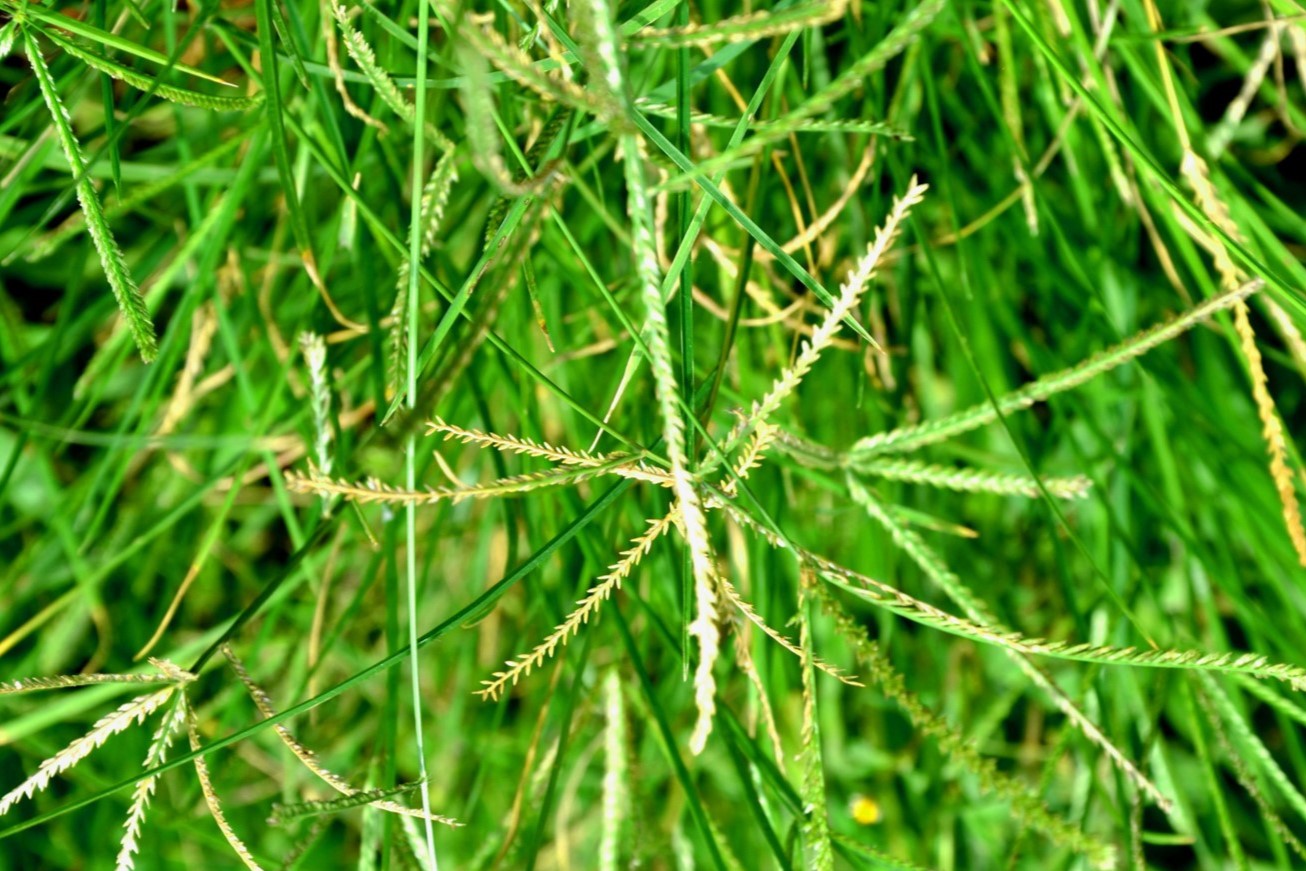

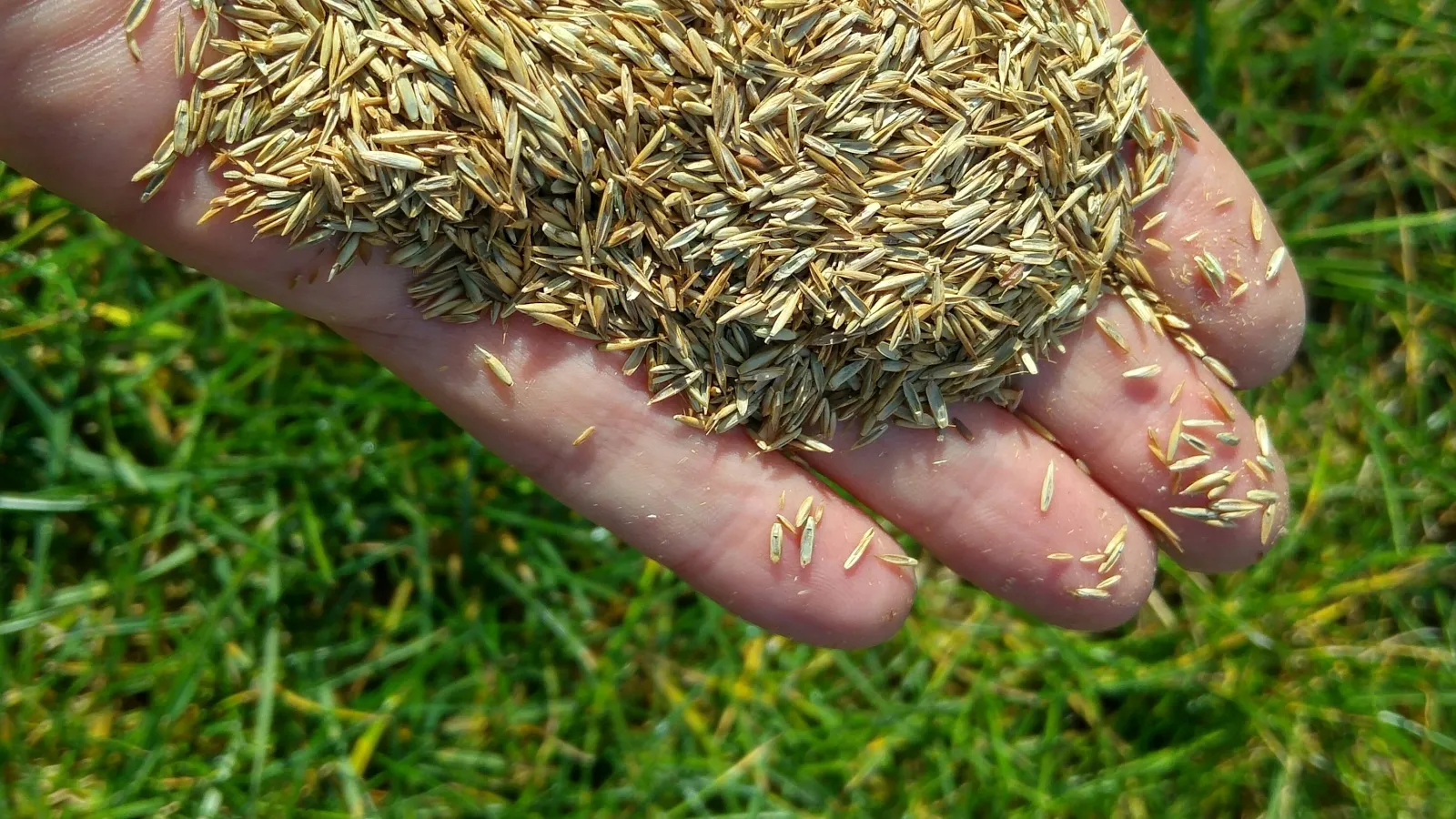
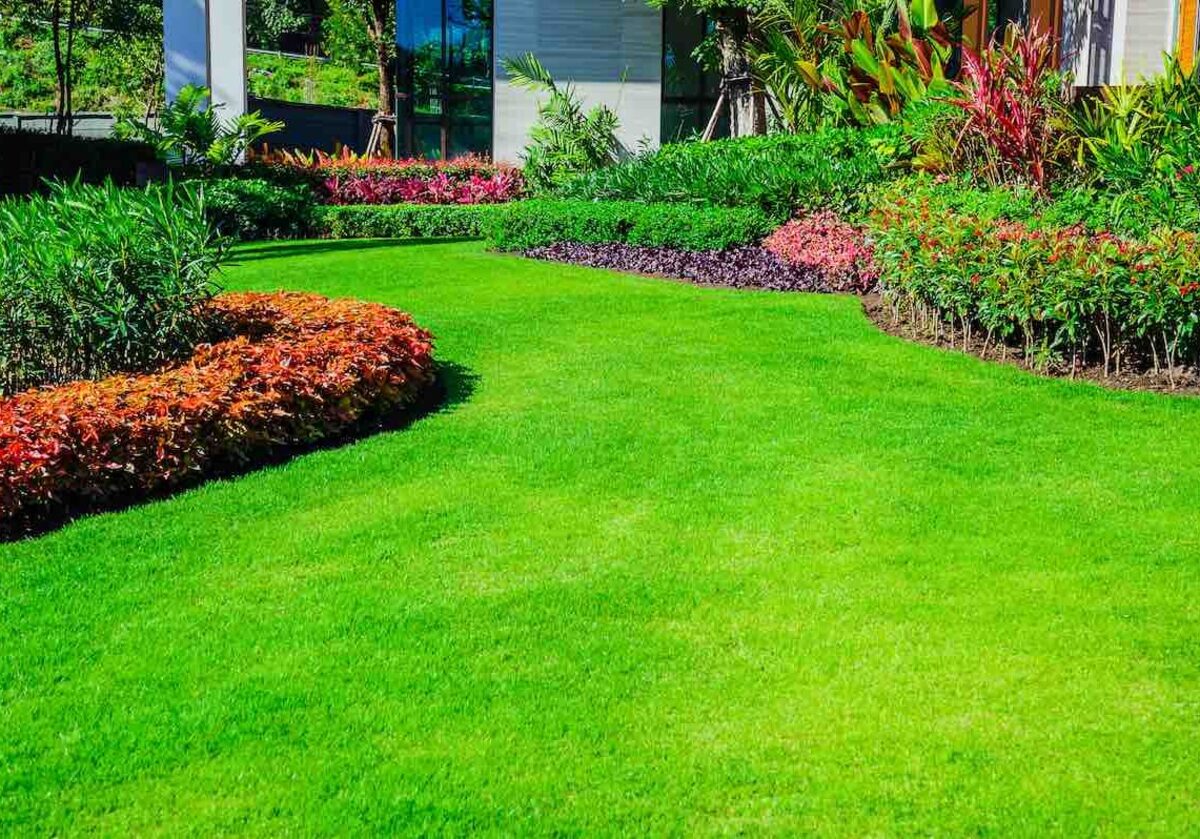
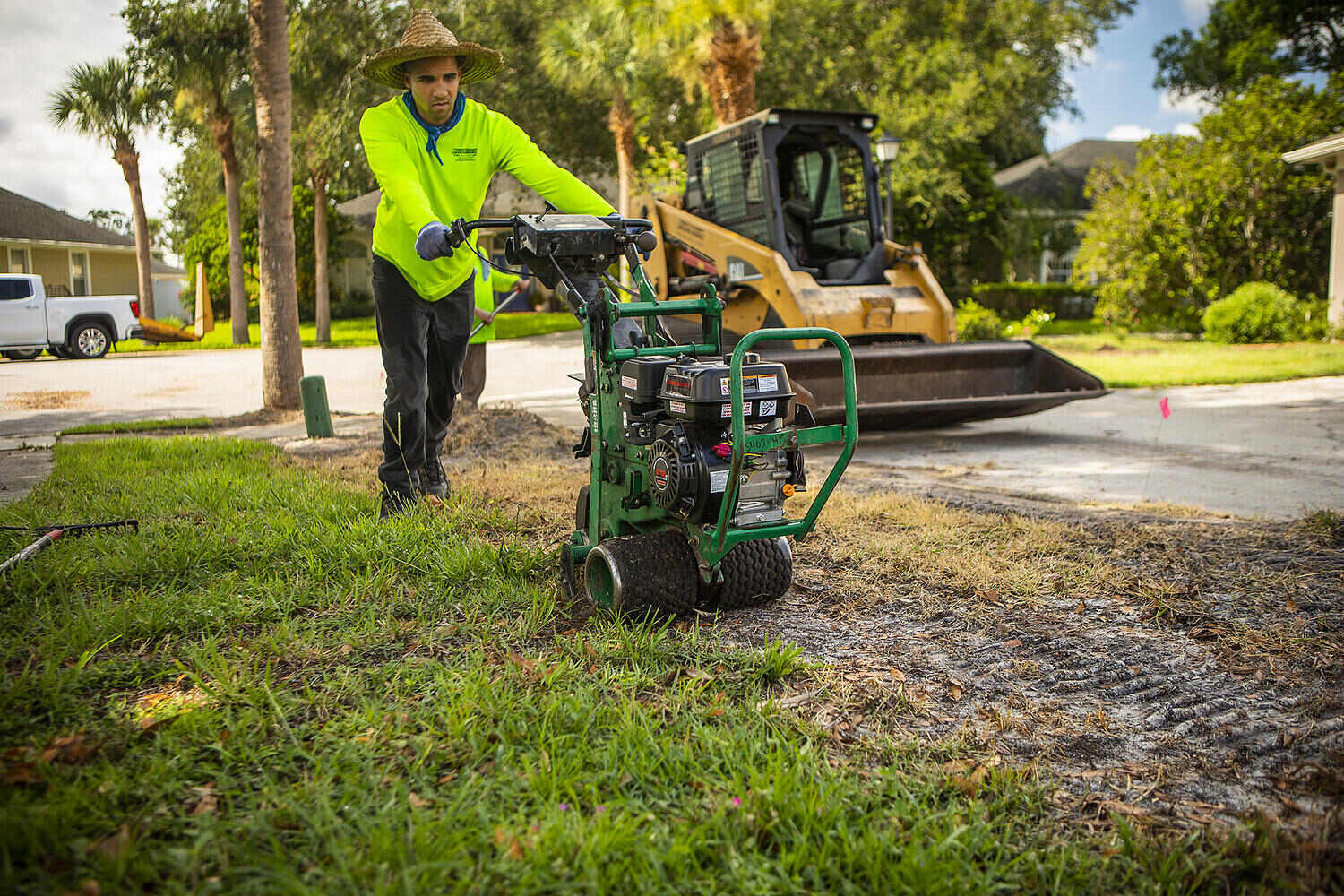
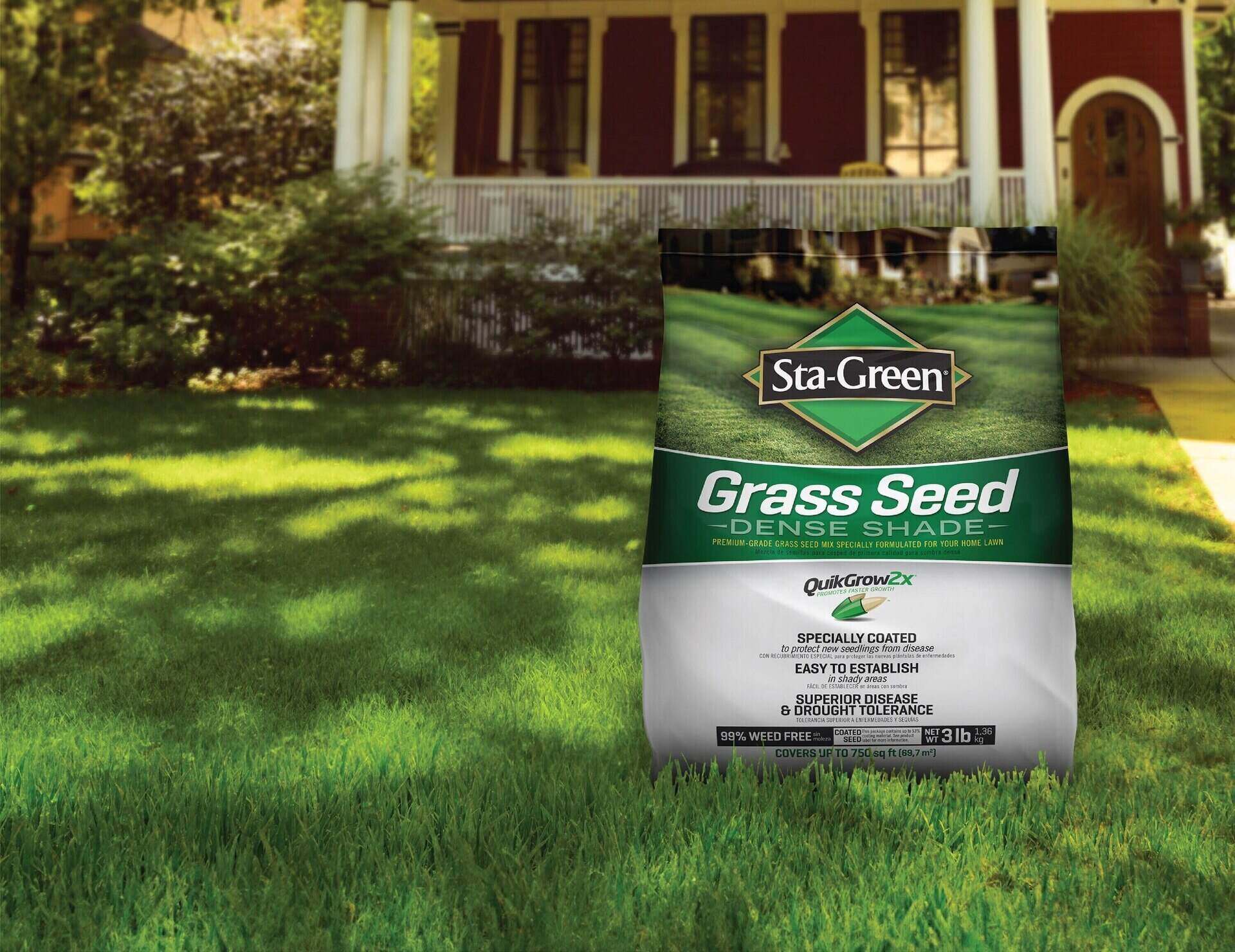
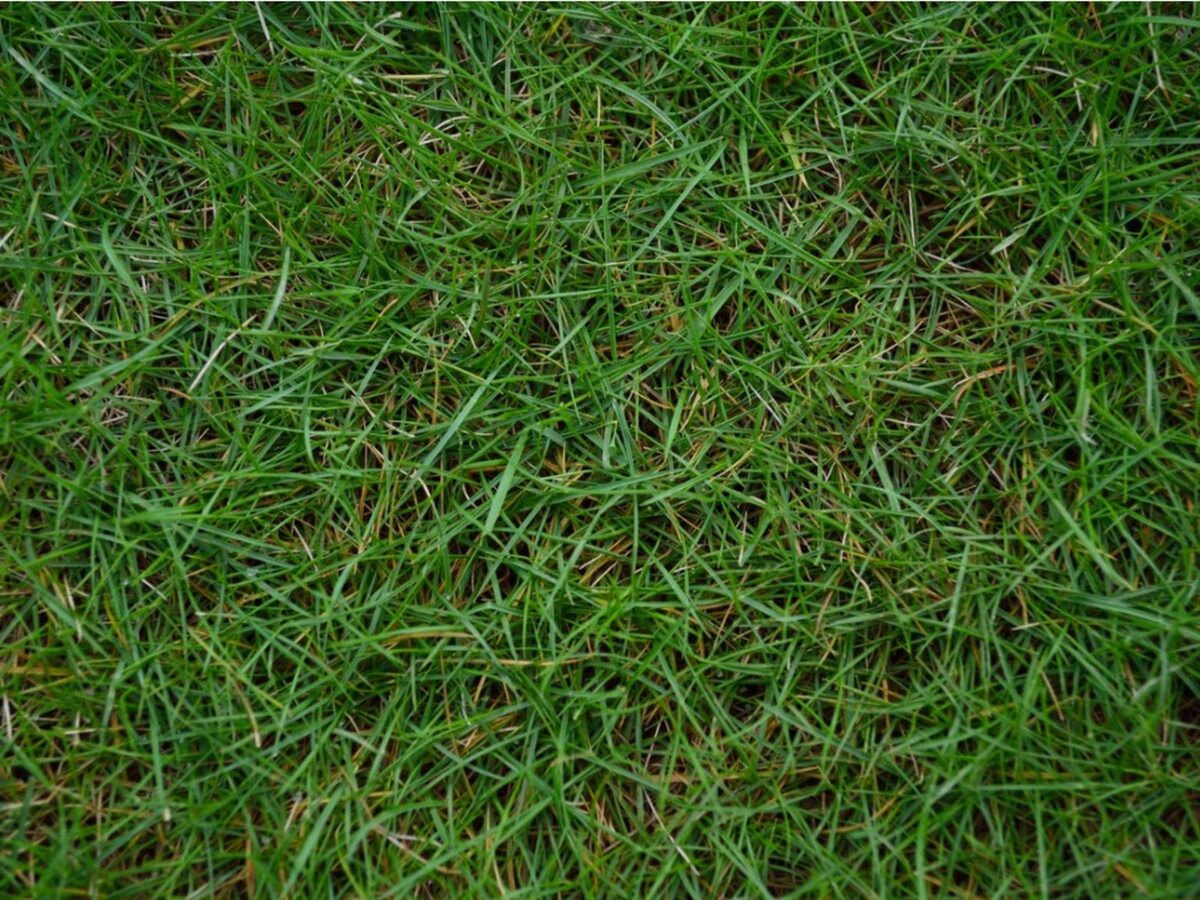
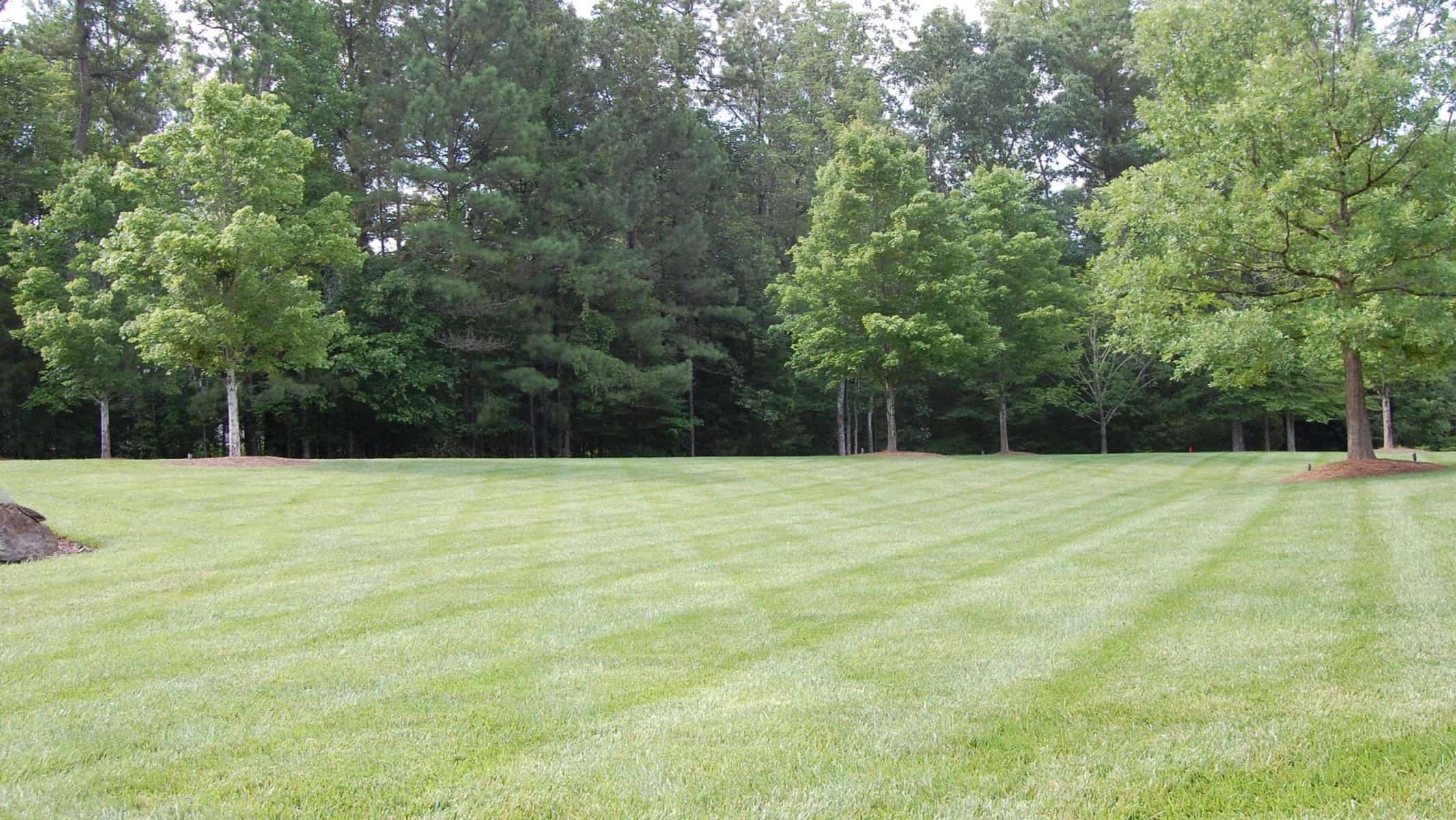
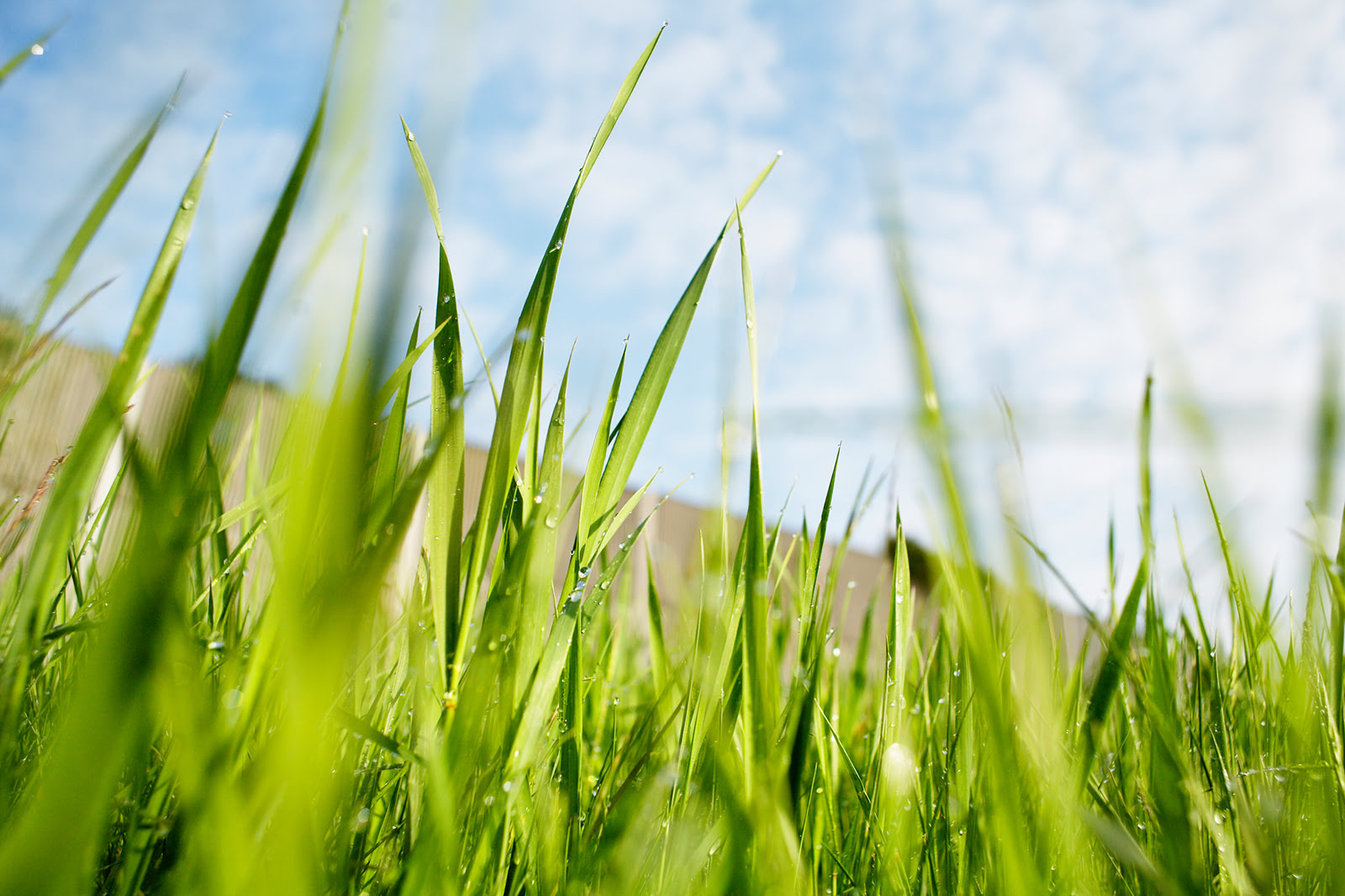
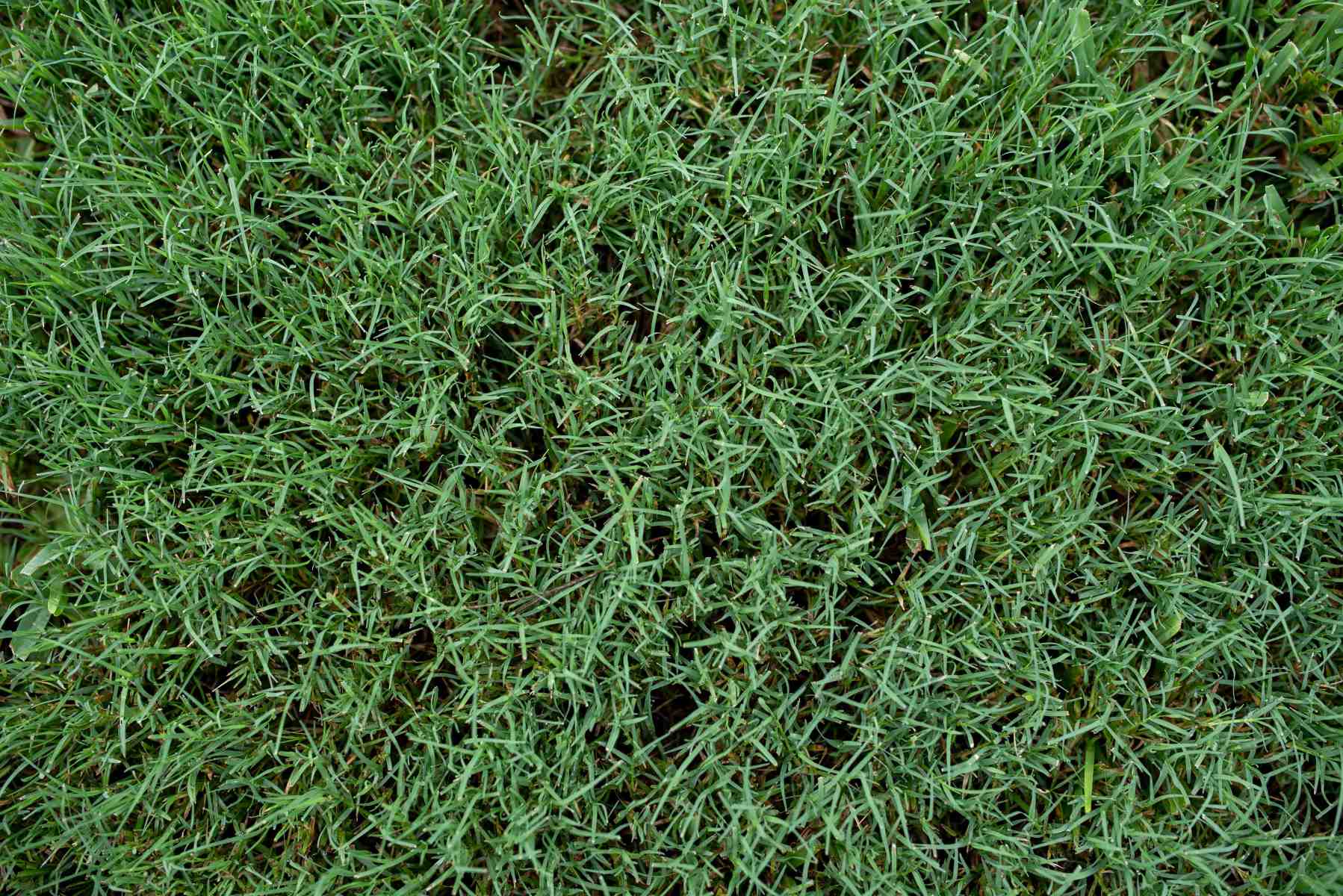
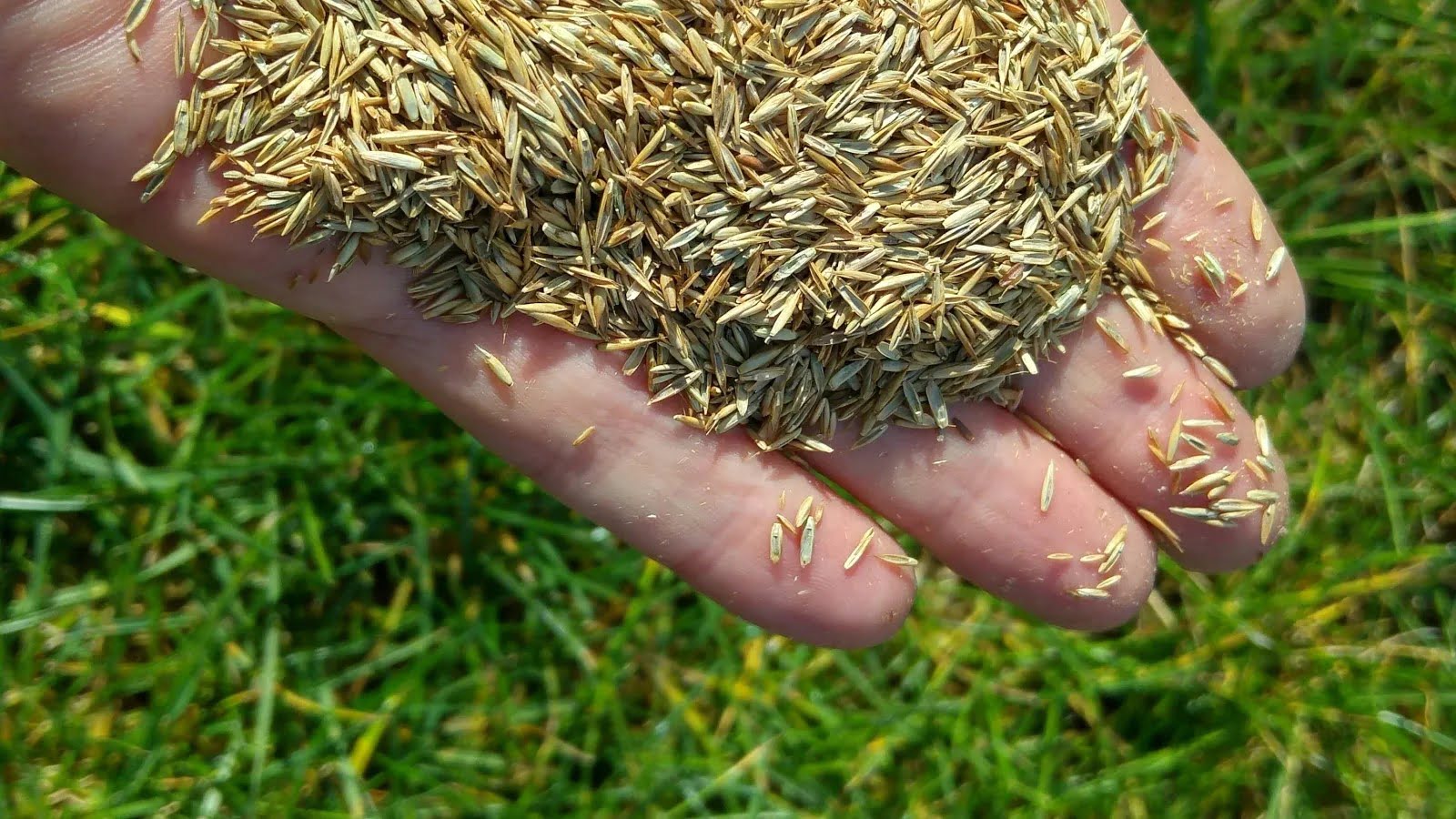
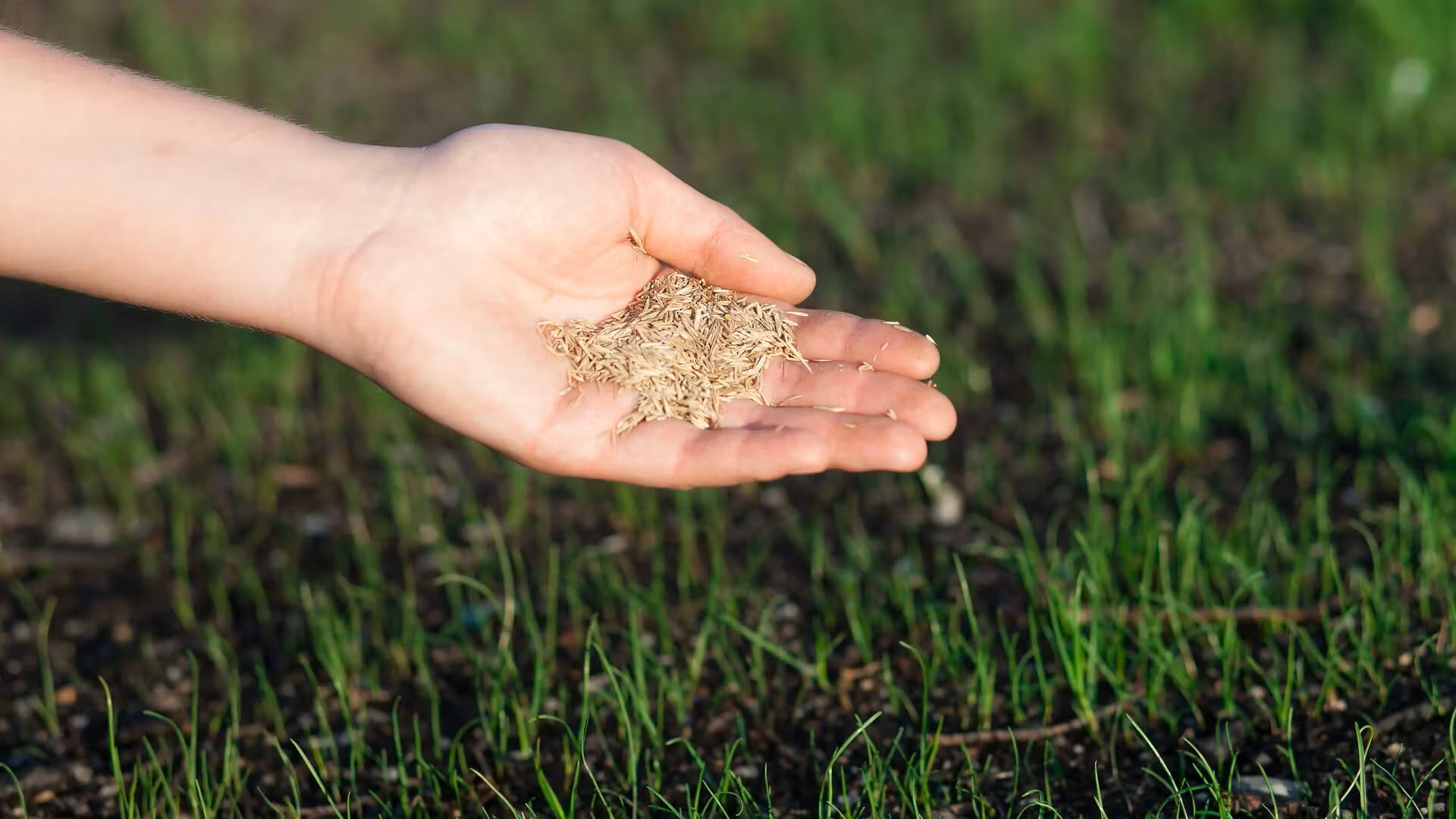
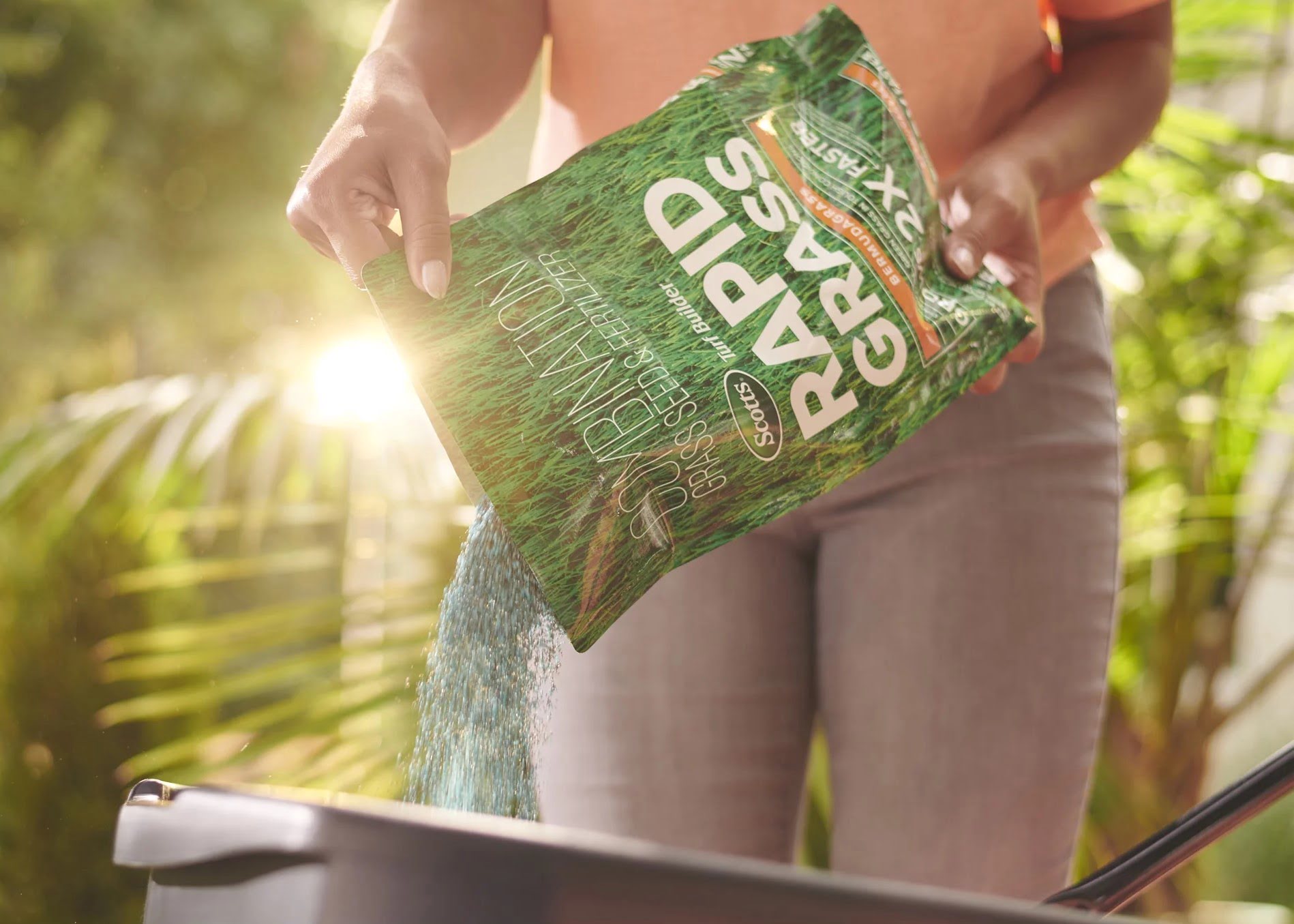
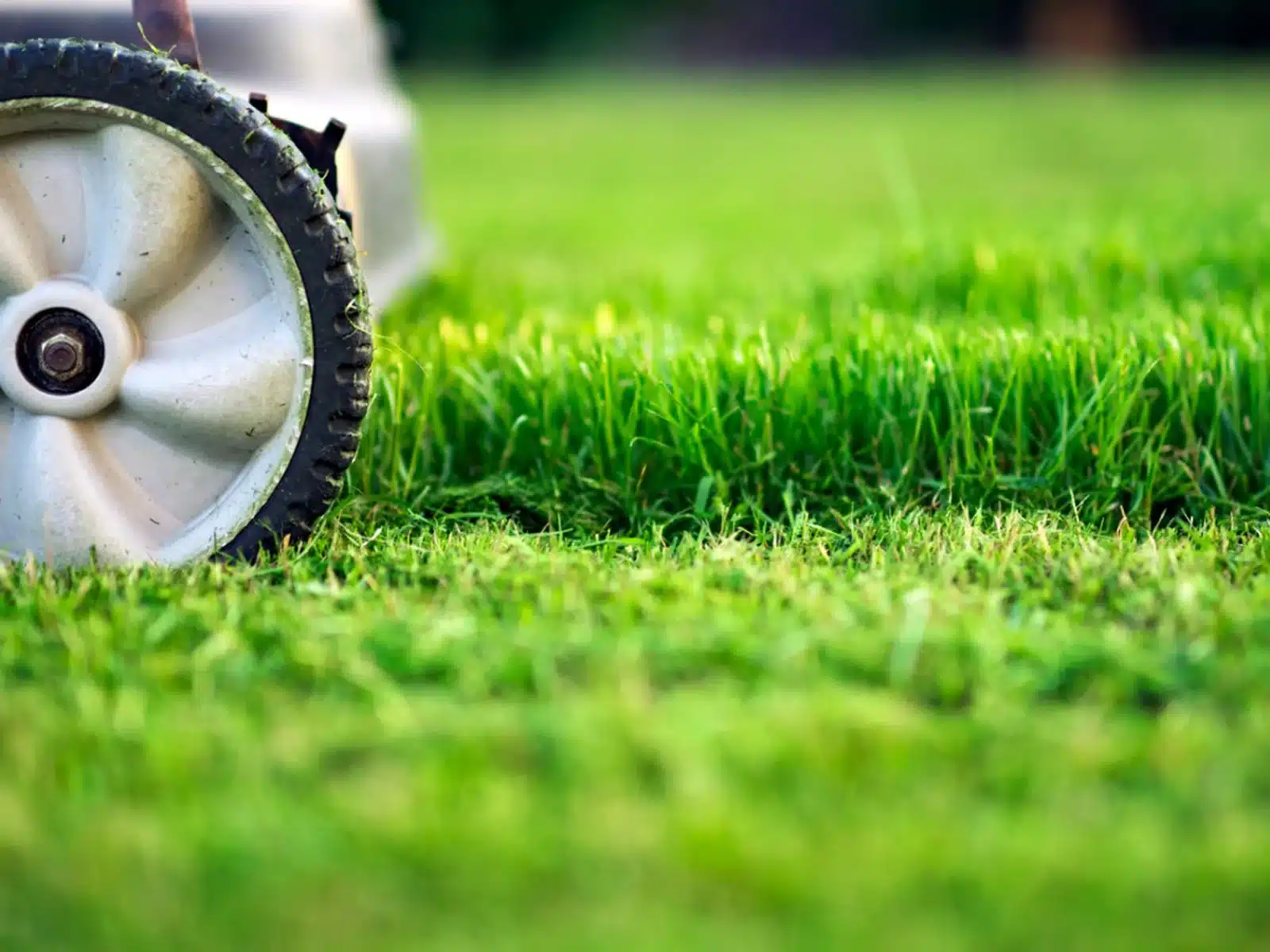

0 thoughts on “When To Plant Bermuda Grass Seeds”